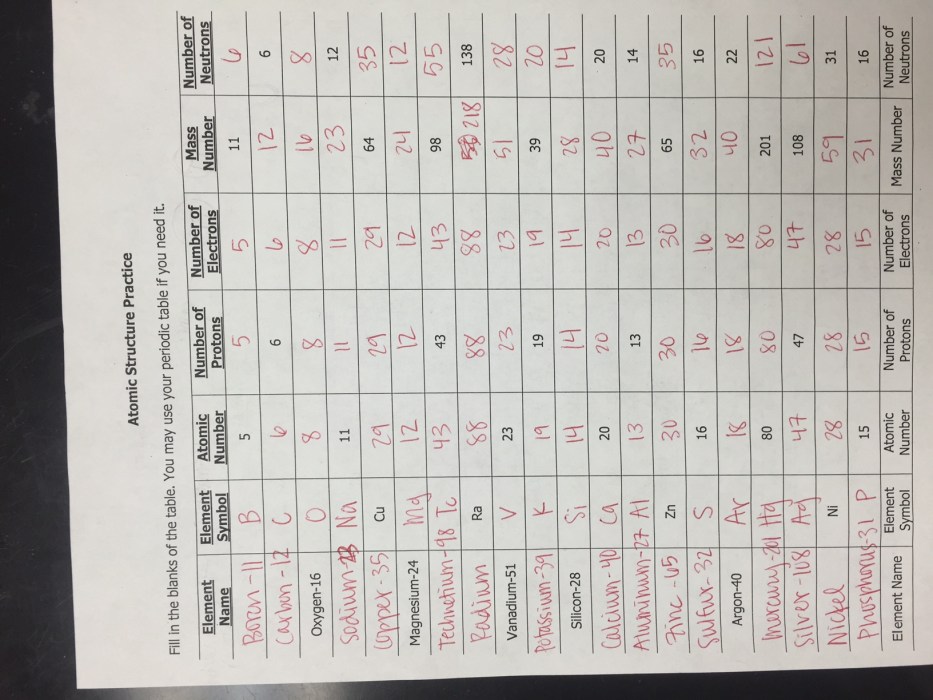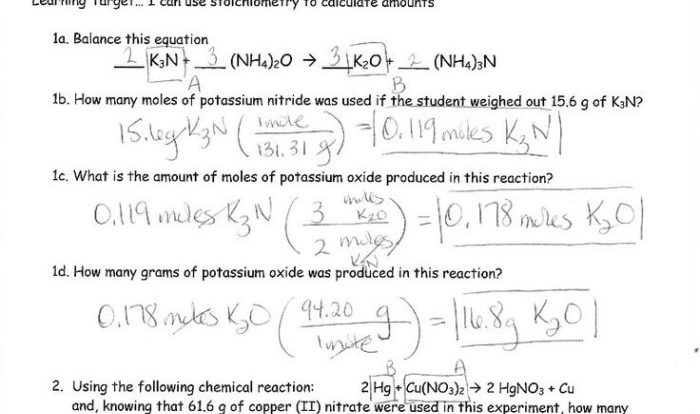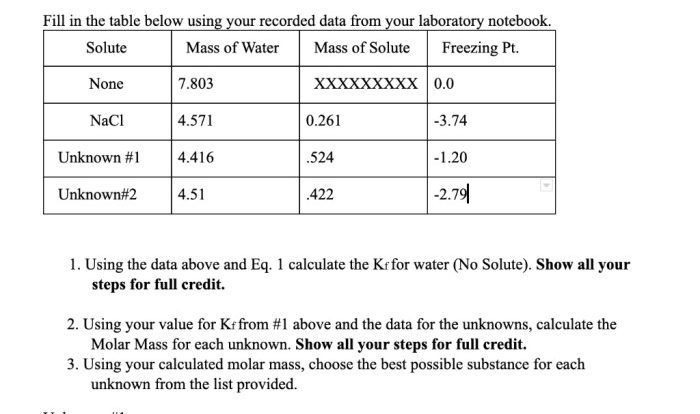Unit atomic structure ions – ws #3 – Unveiling the Unit Atomic Structure of Ions: Journey into the Heart of Matter
Prepare to delve into the captivating realm of unit atomic structure ions, where the fundamental building blocks of matter reveal their intricate nature. Embark on an exploration that unravels the concepts of units, atomic structures, and ions, unveiling their profound relationship and significance in shaping the world around us.
Introduction: Unit Atomic Structure Ions – Ws #3

This unit introduces the fundamental concepts of atomic structure and ions. By exploring the relationship between these elements, we delve into the nature of matter and the properties of various substances.
Atomic structure refers to the arrangement and organization of subatomic particles within an atom, including protons, neutrons, and electrons. Ions, on the other hand, are atoms or molecules that have gained or lost electrons, resulting in a net electric charge.
Key Terms
- Unit:A single entity or element under consideration.
- Atomic Structure:The arrangement and organization of subatomic particles within an atom.
- Ions:Atoms or molecules that have gained or lost electrons, resulting in a net electric charge.
Understanding the relationship between atomic structure and ions is crucial for comprehending the behavior and properties of matter. The arrangement of subatomic particles determines the chemical properties of an element, while the presence of ions influences various physical and chemical processes.
Structure of Ions

An ion is an atom or molecule that has lost or gained electrons, resulting in a net electric charge. The structure of an ion depends on the number of electrons it has lost or gained.
Positive Ions
When an atom loses one or more electrons, it becomes a positive ion. The number of positive charges on an ion is equal to the number of electrons it has lost. For example, when sodium (Na) loses one electron, it becomes a sodium ion (Na +) with a single positive charge.
Negative Ions
When an atom gains one or more electrons, it becomes a negative ion. The number of negative charges on an ion is equal to the number of electrons it has gained. For example, when chlorine (Cl) gains one electron, it becomes a chloride ion (Cl –) with a single negative charge.
Common Ions, Unit atomic structure ions – ws #3
Some common ions include:
- Sodium ion (Na +)
- Potassium ion (K +)
- Calcium ion (Ca 2+)
- Chloride ion (Cl –)
- Fluoride ion (F –)
- Hydroxide ion (OH –)
Formation of Ions
Ion formation is the process by which an atom gains or loses electrons, resulting in a change in its electrical charge. This process is driven by the atom’s desire to achieve a stable electron configuration, typically by gaining or losing electrons to achieve a full or empty outermost electron shell.
The number of electrons gained or lost determines the charge of the ion. Atoms that lose electrons become positively charged ions, known as cations, while atoms that gain electrons become negatively charged ions, known as anions. The formation of ions is crucial in various chemical processes, including the formation of ionic bonds, the functioning of electrolytes, and the maintenance of pH balance in biological systems.
Role of Electrons in Ion Formation
Electrons play a central role in ion formation. Atoms with an unbalanced number of electrons in their outermost shell are chemically unstable and tend to undergo reactions to achieve a stable electron configuration. This involves either gaining or losing electrons to attain a full or empty outermost shell, which is known as the octet rule.
For example, an atom with one valence electron, such as sodium (Na), tends to lose this electron to achieve a stable configuration with an empty outermost shell. This results in the formation of a positively charged sodium ion (Na+).
Examples of Ion Formation
Ion formation occurs in various chemical reactions. Here are a few examples:
- Metal atoms losing electrons:Alkali metals like sodium (Na) and potassium (K) readily lose their single valence electron to form cations, such as Na+ and K+.
- Non-metal atoms gaining electrons:Halogens like chlorine (Cl) and fluorine (F) have a high electronegativity and tend to gain electrons to achieve a stable octet configuration, forming anions such as Cl- and F-.
- Ionic bond formation:When a metal atom loses electrons to a non-metal atom, the resulting ions are attracted to each other by electrostatic forces, forming an ionic bond.
Properties of Ions
Ions possess distinct physical and chemical properties that set them apart from their atomic counterparts. Understanding these properties is crucial for comprehending their behavior in various chemical processes and their applications in everyday life.
Physically, ions are characterized by their electric charge. Cations, with a positive charge, and anions, with a negative charge, exhibit strong electrostatic forces that influence their interactions with other ions and molecules. This electrostatic nature also affects their solubility, as ions tend to dissolve readily in polar solvents like water.
Chemical Properties
Chemically, ions exhibit unique reactivity and bonding characteristics. Their electric charge enables them to form ionic bonds with oppositely charged ions, resulting in the formation of ionic compounds. These compounds are typically characterized by high melting and boiling points due to the strong electrostatic forces between the ions.
Furthermore, ions can undergo redox reactions, where they gain or lose electrons to change their charge. This property is essential in biological processes, such as electron transport in the mitochondria, and in electrochemical applications, such as batteries.
Applications of Ions
The properties of ions have led to their widespread use in various applications. For instance, ions are utilized in:
- Electroplating: Ions are deposited onto a surface to create a protective or decorative coating.
- Batteries: Ions are involved in the electrochemical reactions that generate electricity.
- Water purification: Ion exchange resins remove unwanted ions from water, making it suitable for drinking.
- Medicine: Ions play a crucial role in maintaining electrolyte balance in the body and are used in medications like antacids.
Question Bank
What are unit atomic structure ions?
Unit atomic structure ions are atoms or molecules that have gained or lost electrons, resulting in a net electric charge.
How are ions formed?
Ions are formed when an atom or molecule gains or loses electrons, altering its electron configuration and creating an imbalance between the number of protons and electrons.
What are the properties of ions?
Ions possess unique physical and chemical properties, including their ability to conduct electricity, form ionic bonds, and participate in various chemical reactions.

